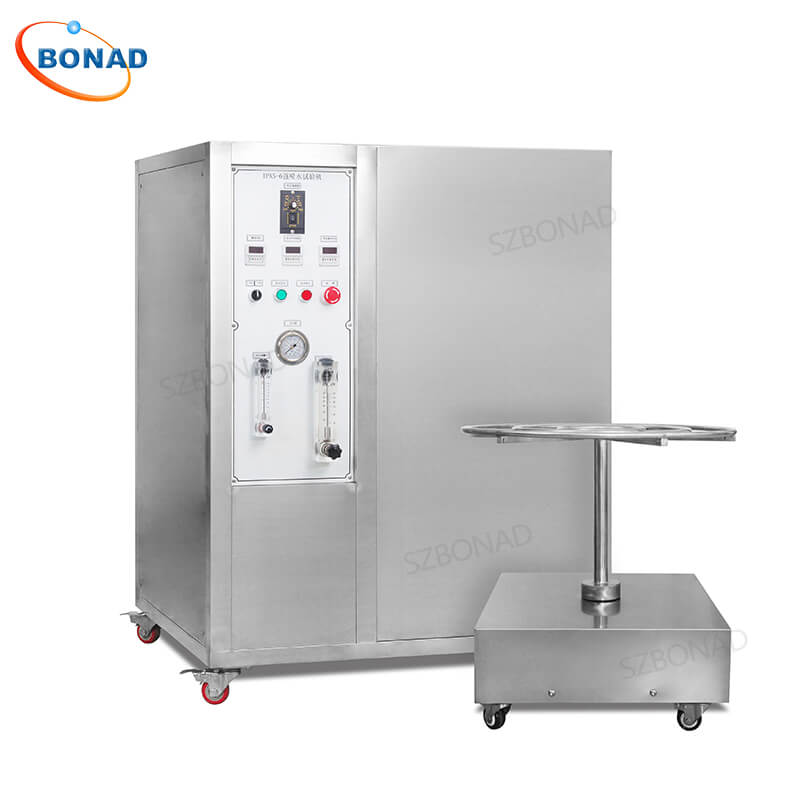When it comes to evaluating the fire resistance of materials, two prominent tests are frequently employed: the needle flame test and the glow wire test. Though both aim to assess fire hazards, they differ significantly in their methodologies and applications.
Needle Flame Test
The needle flame test is designed to evaluate the risk of small flames that may arise due to equipment malfunctions. This test involves a burner with a needle-like tip (0.9 mm in diameter) that directs a specific gas, such as butane, at a 45-degree angle onto the sample. The primary goal is to observe if the sample ignites and to measure the duration and length of combustion. This test is particularly useful for assessing how small internal flames caused by equipment faults can impact safety.

Glow Wire Test
On the other hand, the glow wire test focuses on evaluating a material’s self-ignition and fire resistance properties. In this test, a red-hot wire or mesh comes into contact with the sample. Observations are made regarding whether the sample ignites or ceases burning. This method helps determine how materials react when heated at specific contact points, thereby assessing their fire resistance and self-ignition characteristics.

Detailed Procedure for Glow Wire Test
Equipment and Materials:
- A nickel-chromium wire with a diameter of 4 mm is used as the glow wire.
- The glow wire is heated to temperatures ranging from 300°C to 1000°C.
- The heated glow wire head is then applied to the sample with a fixed pressure of about 1.0N.
Testing Process:
- Position the heated glow wire head on the surface of the sample.
- Apply specified pressure and maintain it for 30 seconds.
- Observe whether ignition occurs and monitor combustion duration.
Recorded Data:
- Glow Time: Duration of contact between the glow wire head and the sample.
- Ignition Time (Ti): Time when ignition begins after contact.
- Flame Extinction Time (Te): Time when flame extinguishes post-ignition.
- Glow Wire Flammability Index (GWFI): Indicates fire resistance performance during testing.
Analysis of Results: A higher GWFI value signifies better fire resistance performance, reducing fire hazards under high-temperature conditions.
Key Differences Between Needle Flame Test and Glow Wire Test
1. Flame Type:
- Needle Flame Test: Utilizes an open flame from a burner applied directly to the sample.
- Glow Wire Test: Employs a heated wire as the heat source for testing.
2. Testing Principles:
- Needle Flame Test: Simulates small flame ignition sources to evaluate fire resistance and durability.
- Glow Wire Test: Assesses ignition hazards and fire resistance under high-temperature conditions.
3. Applicability:
- Needle Flame Test: Ideal for small components or parts where other tests are not applicable.
- Glow Wire Test: Primarily used for larger electrical and electronic equipment.
4. Testing Effects:
- Needle Flame Test: Provides direct results with visible flame combustion.
- Glow Wire Test: Focuses on combustion characteristics under high temperatures in a relatively gentle manner.
5. Supplementary Testing:
If ignition occurs during a glow wire test, a needle flame test may be conducted for further assessment.
Standards and Parameters for Needle Flame Test
To ensure accuracy and comparability across different products, specific standards and parameters must be followed:
Test Standards Include:
- GB 4706.1-2005 “General Requirements for Safety of Household and Similar Electrical Appliances.”
- IEC 60695-11-5:2016 “Fire hazard testing – Part 11-5: Needle-flame test method.”
- GB/T 5169.5-2008 “Fire hazard testing for electric and electronic products.”
Instrument Settings & Parameters Include:
- Burner Angle: Typically set at 0°, 20°, or 45°.
- Flame Height: Maintained at 12±1mm.
- Needle Burner: Made of stainless steel with specific dimensions.
- Calibration Time: Set at 23.5±1 seconds.
- Temperature Testing: Maximum temperature reaches up to 1050°C ±0.1%.
- Gas Type: Usually propane or butane with purity greater than 95%.
Implementing these standards ensures accurate assessments of fire resistance across various products, ensuring their safety under diverse conditions.


